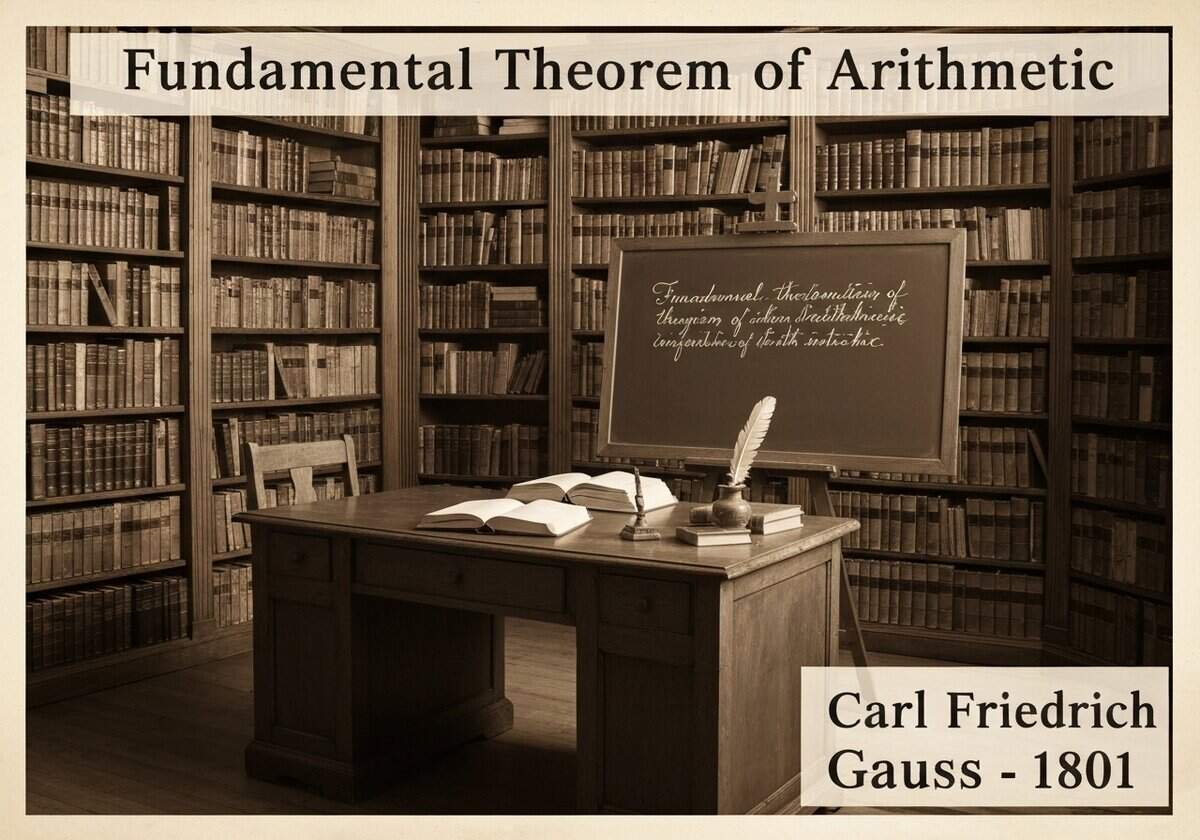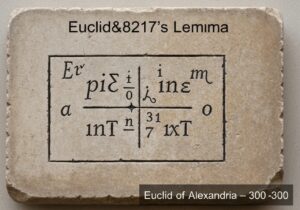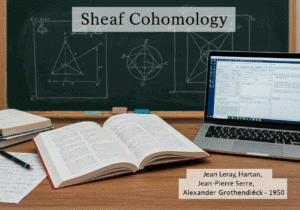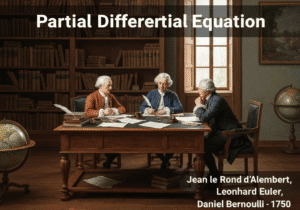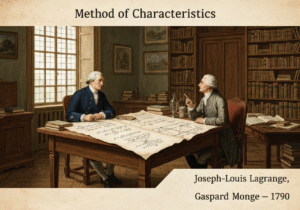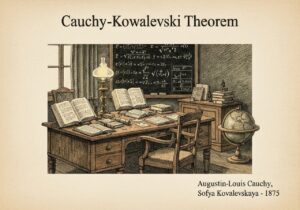This theorem states that every integer greater than 1 is either a prime number or can be uniquely represented as a product of prime numbers, disregarding the order of the factors. For example, [latex]1200 = 2^4 \times 3^1 \times 5^2[/latex]. This unique factorization is a cornerstone of number theory, providing a fundamental multiplicative structure for the integers.

